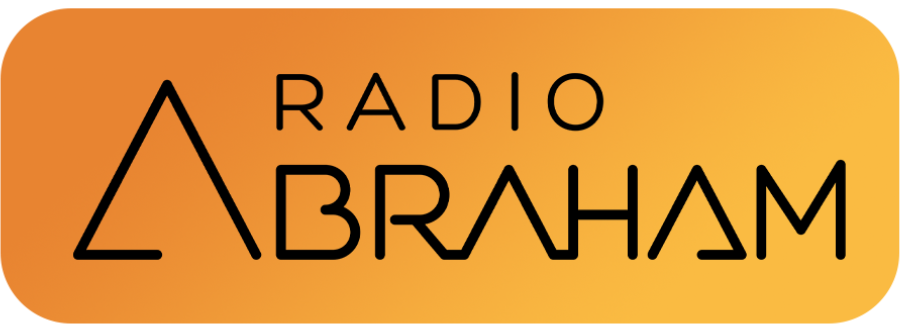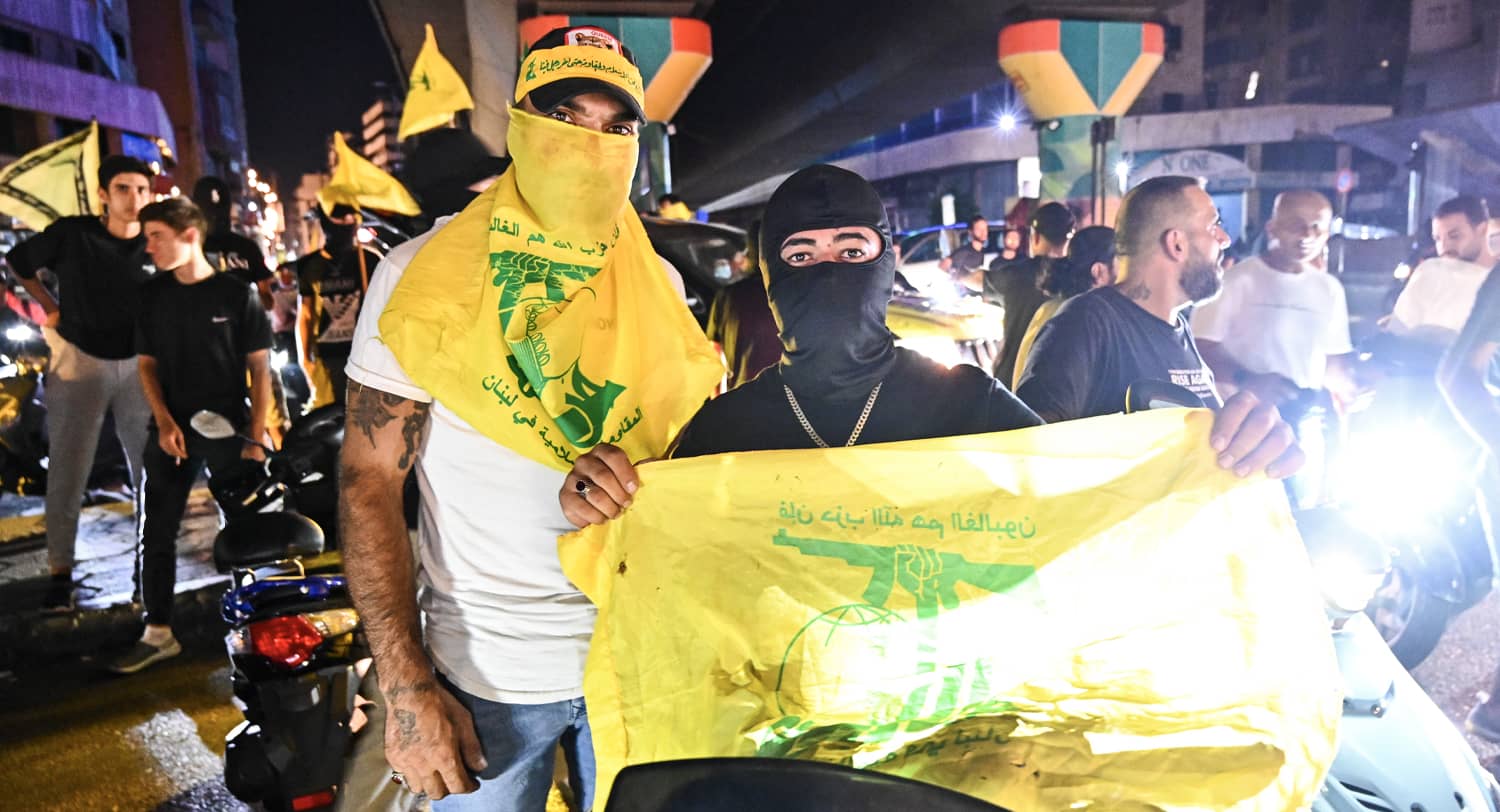The Lebanese government has taken the unprecedented political step of forming a committee to create a plan for disarming the militia groups in the country, starting with “the low hanging fruit” of collecting weapons from Palestinian armed groups in a Palestinian camp in Beirut. But Israeli assessments indicate the new Lebanese government and its army leadership are unable to disarm the largest armed group, Hizbullah.
One obstacle to Lebanese action to disarm Hizbullah is Hizbullah’s infiltration of the army. Example: On August 22, the IDF’s Arabic-language spokesperson revealed that a senior Lebanese officer, Colonel Suhail Harb, head of military intelligence in southern Lebanon, collaborated with Hizbullah to cover up the December 2022 murder of an Irish peacekeeper with the UN Interim Force in Lebanon, Private Seán Rooney. According to the IDF, Colonel Harb disrupted the Lebanese military’s own investigation and prevented the prosecution of the Hizbullah terrorists responsible.
Meanwhile, the pro-Hizbullah newspaper Al-Akhbar reports that the Lebanese Armed Forces command sent a message to the group’s political leadership, stating that it would not carry out any action that could harm internal stability or create a confrontation between the army and Hizbullah.
On August 24, US special envoy Tom Barrack and his deputy Morgan Ortagus arrived in Israel, with messages from the Lebanese government asking Israel to tamp down the attacks on Hizbullah. Publicly, the Lebanese government is calling on Israel to vacate its five military outposts along the border inside southern Lebanon.
But Israel has no intention of abandoning its post-October 7, 2023 doctrine of forward defense. In Israel’s estimation, the new Lebanese government is well intentioned but cannot be relied upon to disarm Hizbullah.
This new Israeli doctrine was forged during the campaign against Hizbullah in September-November 2024. According to one Israeli assessment, the IDF killed between 4,000 to 5,000 Hizbullah commanders and operatives, with another 9,000 casualties among Hizbullah combat reserves, either killed or injured. The terror group’s Radwan commando force was rendered “not fit for a large-scale offensive operation,” with all of its frontline infrastructure dismantled. Furthermore, the IDF dismantled between 70 to 80 percent of Hizbullah’s short-range rocket launchers and destroyed approximately 1,500 underground infrastructure sites.
Following the November 27 ceasefire, the IDF remained in a proactive “forward defense” based on two main efforts. The first is five IDF outposts in southern Lebanon aimed at preventing the formation of a new Hizbullah invasion force near the Israeli border. From these positions, the IDF strikes remaining weapons and infrastructure, restricts the movement of Hizbullah operatives, and prevents the group from rebuilding. The second effort involves continuing targeted air strikes on terrorists and terror targets throughout southern Lebanon.
As the IDF monitors Hizbullah’s movements and decisions, it also communicates with the ceasefire mechanism that includes the US, Lebanon, and France. According to the Alma Research and Education Center in northern Israel, between November 2024 and early August, some 1,300 reports of Hizbullah ceasefire violations were sent to the mechanism by Israel, and the Lebanese Army was asked to enforce 700 cases. Yet it was the IDF that ended up dealing with two thirds of these cases.
The Lebanese government’s talk of disarming Hizbullah is positive but is not currently backed by either capabilities or intentions. Israel’s proactive military posture is currently the only viable strategy to ensure the security of its northern border and prevent the Iran-backed terror organization from recovering its former strength.



